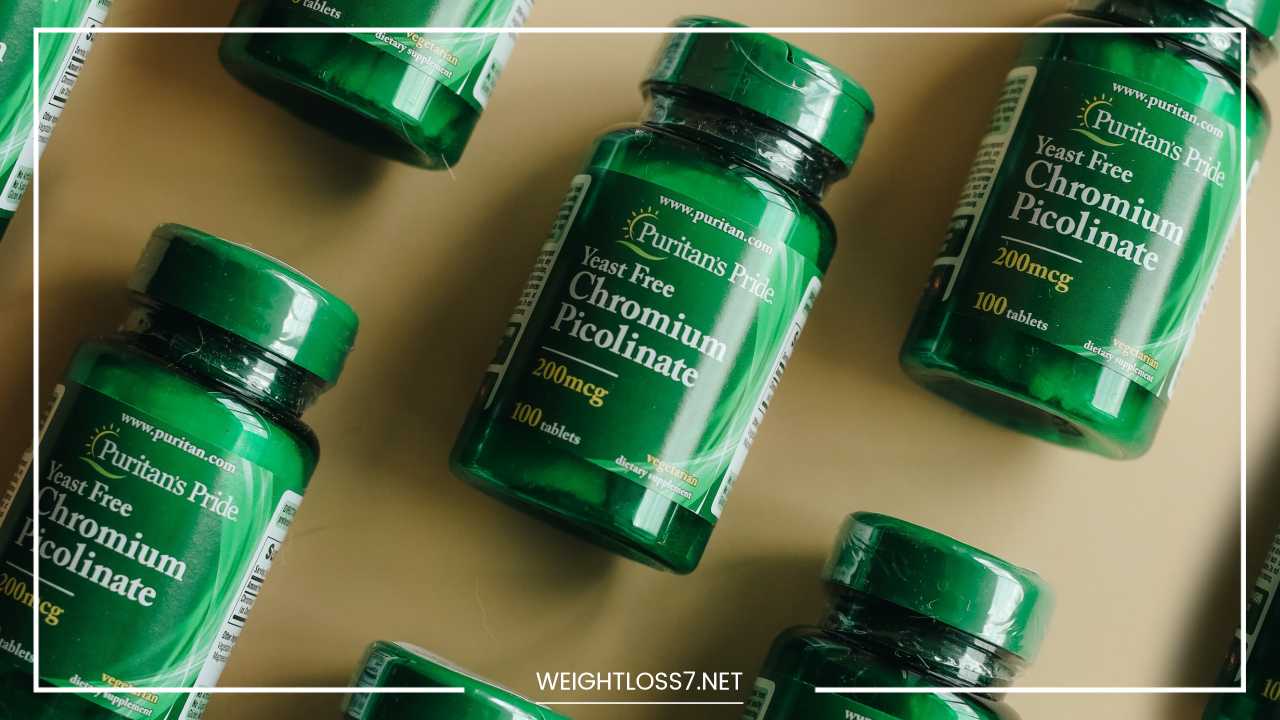How to Store Vitamins

Store Vitamins
How to Store Vitamins: Keeping Your Supplements Potent and Safe
Vitamins are a valuable tool in your wellness toolbox. They can help bridge dietary gaps, support your immune system, and promote overall health.
But like any perishable item, vitamins have enemies that can steal their potency – heat, light, and moisture. Improper storage can render your daily dose less effective, leaving you wondering if you’re truly getting the benefits you expect.
In this comprehensive guide, we’ll delve into the science of vitamin storage, exploring the key factors that impact their effectiveness and providing practical tips to ensure your supplements stay fresh and potent.
Understanding Vitamin Degradation: The Role of Enemies
Imagine vitamins as delicate flowers. They thrive in cool, dry, and dark environments. Here’s a closer look at the environmental factors that can degrade vitamins and reduce their effectiveness:
-
Heat: High temperatures can accelerate the breakdown of vitamins’ chemical structure. This process, called denaturation, can render them inactive. Avoid storing vitamins near stoves, ovens, or anywhere exposed to direct sunlight. Even moderate heat can be detrimental, so keep them away from warm appliances like coffee makers or toasters.
-
Light: Ultraviolet (UV) rays can be particularly destructive for certain vitamins, especially those sensitive to light, such as riboflavin (B2) and folate. Sunlight and even bright indoor lighting can degrade these vitamins over time.
-
Moisture: This is a double-edged sword. Vitamins need some moisture to maintain their structure, but too much can lead to clumping, stickiness, and even mold growth. This not only reduces their effectiveness but can also be harmful if ingested. Bathrooms and kitchens are prime culprits due to frequent humidity fluctuations from showers, cooking, and dishwashing.
Finding the Perfect Sanctuary: The Ideal Storage Environment
Now that we know the enemies, let’s identify the ideal storage location for your vitamins. Here are some key considerations for creating a haven for your supplements:
-
Temperature: Aim for a cool and dry place with a consistent temperature ideally below 30°C (86°F). A pantry, a cabinet in a hallway, or a cool drawer in your bedroom are all good options. Avoid storing vitamins in attics, garages, or basements, as these areas can experience extreme temperature fluctuations throughout the year.
-
Light: Opt for opaque containers or keep your vitamins in their original packaging, which is often designed to block light. Consider storing clear containers in a cabinet or drawer to minimize light exposure.
-
Accessibility: While a cool, dry place is ideal, it shouldn’t be so inconvenient that you forget to take your vitamins. If you find a location that’s easy to access and incorporate into your daily routine, you’re more likely to stick to your regimen.
-
Child Safety: This is paramount! Vitamins can be toxic in high doses for children. Choose a location out of reach of curious little hands. Consider using a cabinet with a child-proof lock or a high shelf for added security.
Special Considerations: Not All Vitamins Are Created Equal
While most vitamins follow the cool, dry, and dark rule, there are a few exceptions that require specific storage needs:
-
Refrigeration: Certain vitamins like liquid vitamins, probiotics, and fish oils benefit from cold storage. Check the label for specific instructions. However, frequent opening and closing of the refrigerator door can introduce moisture. To minimize this effect, take what you need and close the container tightly after each use. Consider leaving them outside the refrigerator for a short period before taking them to avoid stomach upset caused by cold capsules.
-
Chewable Vitamins: These are particularly vulnerable to moisture and heat. Keep them in their original container and store them in a cool, dry place. Avoid leaving them in a hot car or a humid bathroom.
Original Packaging vs. Daily Planners: Convenience vs. Protection
It can be tempting to transfer vitamins to a daily pill organizer for convenience, especially if you take multiple medications or supplements.
However, original packaging often provides optimal protection from light and moisture. Here are some things to consider if you choose to decant:
- Container Choice: Use airtight, light-resistant containers made from glass or opaque plastic. Glass is generally preferred as it doesn’t leach chemicals into your vitamins.
- Labeling: Clearly label each container with the vitamin name, dosage, and expiration date. This will help you avoid confusion and ensure you’re taking the correct amount.
- Decanting Amounts: Only decant the amount you’ll need for a short period (e.g., a week or two) to minimize exposure to light and moisture.
Maximizing Potency: Expiration Dates and Spoilage
- Expiration Dates: Most vitamins have expiration dates printed on the label. While not always a strict deadline, it’s a good indicator of their potency. Expired vitamins may have degraded and may not be as effective. Dispose of expired vitamins responsibly and invest in a fresh bottle.
- Signs of Spoilage: Be observant of any changes in your vitamins’ appearance, smell, or texture. These can be signs of spoilage:
- Clumping: This can indicate moisture exposure and potential mold growth.
- Discoloration: A noticeable change in color from the original might signify degradation due to heat or light exposure.
- Foul Odor: Vitamins should have a relatively neutral smell. A strong or unpleasant odor suggests spoilage.
If you notice any of these signs, discard the vitamins immediately. It’s better to be safe than sorry.
Beyond Storage: Practices for Optimal Vitamin Benefit
By following these storage tips, you can ensure your vitamins stay potent and provide you with the intended health benefits. Here are some additional practices to keep in mind to maximize the effectiveness of your vitamin regimen:
-
Rotate Your Stock: Use the “first in, first out” (FIFO) method. Place new bottles in the back of the cabinet and use the older ones first. This helps ensure you’re consuming the freshest vitamins.
-
Travel Wisely: When traveling, pack your vitamins in a cool, dry bag. Avoid leaving them in a hot car or exposed to direct sunlight for extended periods. Consider using a small, insulated travel case for added protection.
-
Talk to Your Doctor: Discuss your vitamin regimen with your doctor during regular checkups. They can advise you on the right types and dosages for your specific needs and ensure there aren’t any interactions with medications you’re already taking.
-
Consider Individual Needs: Certain factors can impact vitamin absorption. For example, some vitamins require fat for proper absorption, so taking them with a meal can be beneficial. Discuss this with your doctor for personalized recommendations.
Beyond the Basics: Understanding Different Types of Vitamins
Not all vitamins are created equal. Understanding the different types and their specific storage requirements can help you optimize their effectiveness:
-
Fat-Soluble Vitamins: These vitamins (A, D, E, and K) are stored in the body’s fat tissue. While generally less susceptible to degradation, excessive heat can still be detrimental. Store them like other vitamins in a cool, dry, and dark place.
-
Water-Soluble Vitamins: These vitamins (C and B complex) are not stored in the body to a significant extent and need to be replenished regularly. They are more susceptible to degradation by moisture and light. Store them carefully following the guidelines outlined above.
Taking Control: Creating a Sustainable Vitamin Routine
Storing your vitamins properly is just one step towards a healthy vitamin routine. Here are some additional tips to help you stay consistent and maximize the benefits:
-
Set Reminders: Use a pill organizer with compartments for each day of the week, set phone alarms, or use a reminder app to ensure you don’t miss a dose.
-
Pair it with a Habit: Take your vitamins at the same time each day, such as with breakfast or before bed. This will help you form a habit and make it easier to remember.
-
Find a Flavor You Like: Many vitamins come in chewable or gummy forms with various flavors. Finding one you enjoy can make taking them more pleasant.
-
Track Your Progress: Some people find it helpful to keep a log of their vitamin intake. This can help identify any missed doses and assess the overall impact on their health.
Invest in Your Health by Storing Vitamins Wisely
Taking vitamins can be a valuable addition to your overall health strategy. By following these storage tips and incorporating healthy habits for consistent use, you can ensure you’re getting the most out of your supplements.
Remember, a little planning and awareness go a long way in keeping your vitamins potent, safe, and effective. So invest in your health by storing your vitamins wisely and reaping the full benefits they offer.
Advanced Considerations: Light, Packaging, and Interactions
While we’ve covered the essential aspects of vitamin storage, there are some additional factors to consider for those who want to delve deeper:
Light Spectrum and Specific Vitamins:
Light can degrade vitamins in varying degrees depending on the specific wavelength. Here’s a breakdown of some particularly light-sensitive vitamins:
- Vitamin A: Sensitive to both visible and ultraviolet light.
- Vitamin B2 (Riboflavin): Sensitive to visible light, especially fluorescent lighting.
- Vitamin C: Sensitive to ultraviolet light and can degrade even at room temperature.
- Vitamin E: Moderately sensitive to light and high temperatures.
Choosing the Right Packaging:
We mentioned glass and opaque plastic as suitable materials for decanting vitamins. Let’s explore the advantages and disadvantages of each:
-
Glass:
- Pros: Inert material, doesn’t leach chemicals, provides excellent light protection.
- Cons: Can be heavier and more prone to breakage compared to plastic.
-
Opaque Plastic:
- Pros: Lightweight, shatterproof, convenient for travel.
- Cons: Some plastics can leach chemicals into the vitamins over time. Choose BPA-free, high-density polyethylene (HDPE) containers for optimal safety.
Potential Interactions with Medications:
While vitamins are generally considered safe, they can interact with certain medications. Here’s what to keep in mind:
- Vitamin K: May interfere with blood thinners like warfarin.
- Vitamin E: May increase the risk of bleeding, especially when taken with blood thinners.
- B Vitamins: High doses of folic acid can mask vitamin B12 deficiency.
Travel Considerations: Maintaining Potency on the Go
Traveling doesn’t have to disrupt your vitamin routine. Here are some tips for keeping your vitamins safe and effective while on the move:
- Invest in a Travel Case: Choose a small, insulated case to protect your vitamins from temperature fluctuations.
- Plan for Different Climates: If traveling to a hot climate, consider using a travel-sized refrigerator for specific vitamins like probiotics.
- Pack Smart: Pack only the amount you’ll need for your trip and avoid exposing them to direct sunlight or extreme temperatures during transport.
The Future of Vitamins: Emerging Trends and Storage Solutions
The world of vitamins is constantly evolving, with new formulations and delivery methods emerging. Here’s a glimpse into some exciting trends:
- Personalized Dosing: Companies are developing personalized vitamin packs based on individual needs and genetic profiles. These packs may come with specific storage instructions depending on the formulation.
- Time-Release Vitamins: These vitamins are designed for slow release, potentially reducing the frequency of daily doses. Storage recommendations may differ for these types of vitamins.
- Bioavailable Forms: Manufacturers are focusing on creating more bioavailable forms of vitamins for better absorption by the body. These may have specific storage requirements to maintain their potency.
By staying informed about these advancements, you can ensure you’re storing your vitamins according to the latest recommendations and maximizing their effectiveness.
Final Word: A Commitment to Optimal Health
Taking charge of your vitamin storage is a proactive step towards optimal health. With the knowledge you’ve gained from this comprehensive guide, you can confidently create a storage strategy that keeps your vitamins potent and ensures you get the most out of your daily supplements. Remember, consistency is key!
By incorporating these tips and developing a sustainable routine, you can unlock the full potential of vitamins and support your well-being for years to come.

















